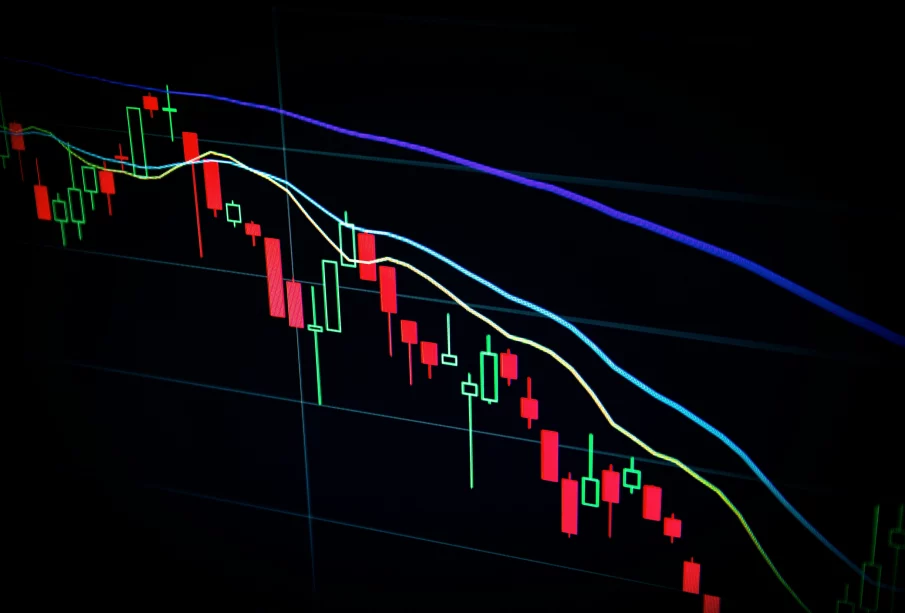Here’s how Canada’s latest cuts can affect your wallet
Welcome to Pall’s new finance column! We’ll cover important economic and financial news from Canada and around the world, explaining what it means for students. From tuition costs to job markets, we’ll break down how these changes affect you, making finance easy to understand and relevant to your life. Let’s make finance fun for all!
Before we dive more into the fun of finance, it is important to note that the information in this column is intended for educational purposes only and is not intended to be any form of financial advice. For personalized financial guidance licensed professionals should be consulted.
The Bank of Canada has cut its key interest rate for the first time since March, lowering it by 25 basis points from 2.75 per cent to 2.50 per cent. Economists are torn apart on whether the bank would continue lowering the rates in the months ahead or pause to see how the economy would respond.
Diving deeper into the reason behind this drop, Canada’s economy has been losing steam. Growth in the second quarter of the economy fell by about 1.5 per cent, unemployment has ticked higher, and businesses are cutting back investments because of upcoming trade tariffs and overall uncertainty. On the other hand, inflation is slowing down, which is also a causal effect of this interest rate. This gives policymakers enough room to offer households and businesses a little relief by lower borrowing costs.
Now, you might wonder, why should you care, right? Well, if you are someone who has a variable-rate mortgage or line of credit, your parents may dip a little in the coming months. If you are hoping to lock in a new fixed-rate mortgage, rates might not fall right away, but there is now downward pressure – which is good (in my assessment). For students and younger people especially, borrowing for a car, starting a business, or even carrying a credit balance could get a tad bit easier. But the bank is still cautious (don’t forget about that). If inflation spikes up again, further basis points cut may be delayed. If the slowdown worsens, cuts could come faster (which we do not know yet).
Canada’s economy has been losing steam; growth in the second quarter of the economy fell by about 1.5 per cent, unemployment has ticked higher – Pall Agarwall.
My 2 stock picks for this week
Bloom Energy (BE) and Game Stop (GME) are 2 stocks that I have picked to watch and invest in! I had only heard about it from my friends until I did my own research and found it to be a golden opportunity to dive deeper.
Bloom is a California-based company making advanced fuel cells that can power data centres and businesses. And recently, it benefitted a lot from its partnership with Oracle, who is using its clean energy systems to support their massive computing needs. The stock soared this year which also makes it risky. I started closely watching this stock in September and within a few days I realised that it’s extremely volatile and if I need to make a quick win, I will need to exit at the right time else I would go down drastically with its price drop. As of September 23, 2025, the PE ratio is 703.45, implying the extreme overvalued element of BE.
There is no specific rationale behind picking GameStop (GME) except how it just is a company that experiences waves of excitement from time to time. It is certainly a definition of speculation: investors might make money if momentum continues, but they could lose just as easily if interest fades. What attracted me about this when I found out about their dividend warrants announcement on September 9, 2025. A dividend warrant is like a special ticket for cash, shares, or another type of benefit to its investors. Each warrant would let you buy one GameStop share later, at an exercise price of US $32 which could be used any time after distribution until October 30, 2026. In summary, shareholders get a “bonus option” to buy more stock later at $32, and the company could tap that later as a way to raise capital.










